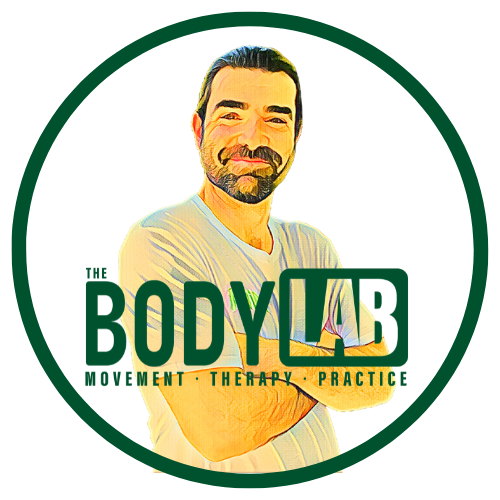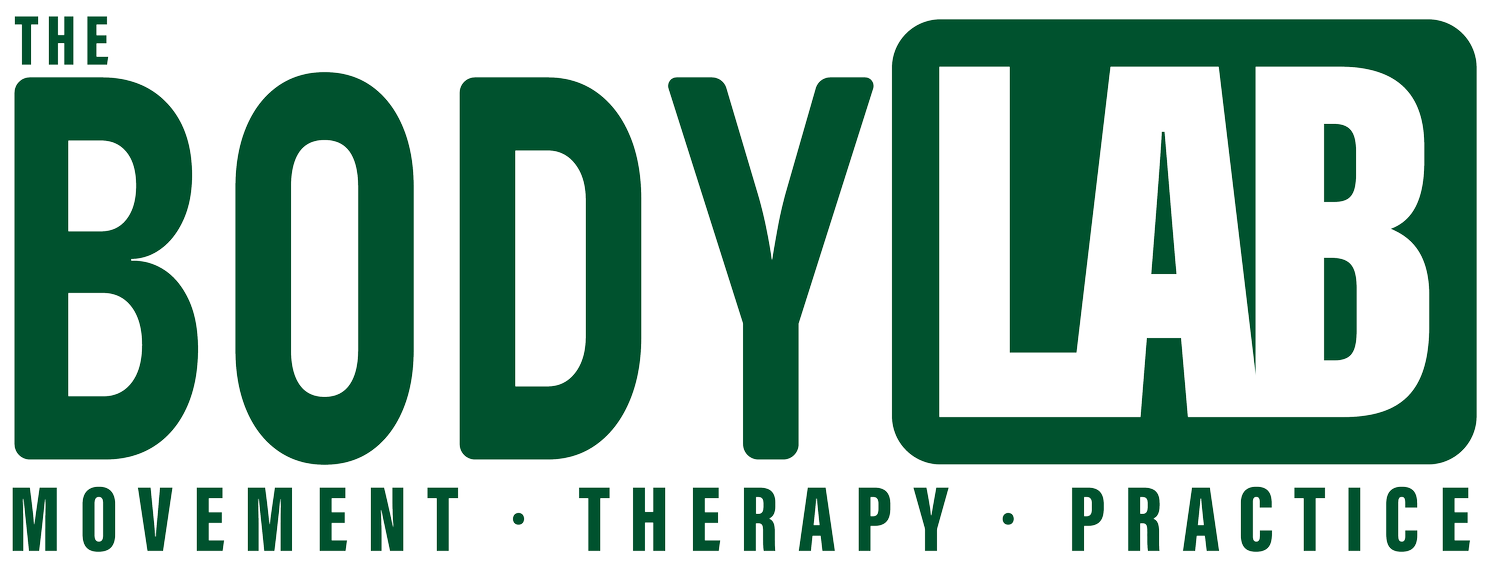
Online Movement Therapy Appointments
Prerequisite Materials
Instructions For Gathering and Sending Prerequisite Materials for your Online Movement Therapy appointment:
There are five pieces of information that I require to assess your body.
Foot Assessment
Body Assessment
Gait Assessment
Posture Photos
Online Questionnaire (to be completed as you make your appointment)
Optional – Explanation Video (for people who prefer to talk than write)
Before You Begin – Please read requirements
Before you begin to record or take pictures please read the information provided or watch the video segments in each segment.
Marking you body: Please use either plasters, tape, sticky dots or a marker pen to clearly mark three areas of your lower legs:
above your kneecap (bottom of thigh),
top shin bone (tibial tuberosity)
bottom of shin bone
Please mark and differentiate parts of your body when you perform the movements below. Marking your legs in vitally important so that I can see more clearly how your body parts are moving. After all the work that you have done to produce the material for me, I don’t want to let you down by not being able to view how you move.
Clothing: Please wear a jog bra (women) or shirtless (men). No one else sees these videos. If you are uncomfortable doing so, please wear a light colored shirt as tight as is comfortable. Please be barefoot. Please wear shorts or tight exercise pants (e.g. yoga pants) rolled up; I need to be able to see your knees.
Surface: Please film this video on a hard floor or low pile carpet; it is very difficult to see the intricate motions in your foot joints on a high pile carpet or high grass.
Camera: Please set up the camera so I can see your whole body for most of the time, and such that the video is vertically oriented rather than horizontal (taller rather than wider). Try to have the camera as straight as possible; e.g. if there is a floorboard or window in view, make sure the horizontal boarder is level. Try to square yourself to the camera: walk the straightest path possible, even if it shortens the distance — do not turn corners or curve your trajectory. Try to walk at your normal speed — most people walk more slowly when recording.
This must be done first--> MARK YOUR LEGS AND FEET
Mark you body: Please use either plasters, tape, sticky dots or a mark pen – any thing that you can use to mark and differentiate parts of your body when you perform the movements below.
1. Foot Assessments
Record and share a foot movement assessment video.
Setup:
Please film this video on a hard floor or low pile carpet; it is very difficult to see the intricate motions in your foot joints on a high pile carpet.
For this sequence it is best if camera is positioned so that is captures a close-up view of your lower legs from your feet to just above your knees.
If any movement causes discomfort, make a note and do not perform that movement.
Do not rush any of the movements described below; slower is better.
Please make sure to watch the above instructional video first:
Start facing the camera. Imagine you are standing on a clock face, and your feet are pointing to 12 o’clock.
Turn your head, shoulders, ribcage, and pelvis to the right. Make sure the rotation to goes all the way to the shins, ankles, and feet while maintaining contact with the big and little toe knuckles and heel bone. Repeat to the left. Do right and left again one more time each.
Maintaining contact with the big toe ball, lift the right big toe as high as you can. Use whatever strategy you want to lift the toe as high as possible, including lifting all your toes; however, ensure that your big toe ball does not lift. Repeat on the left. Do right and left again one more time each.
Turn your feet and body to face 2 o’clock. The key is, I need to be able to see the arch of your right foot. Repeat steps 2-3.
Turn your feet and body to face 10 o’clock. The key is, I need to be able to see the arch of your left foot. Repeat steps 2-3.
Turn your back to the camera. Repeat steps 2-3.
Please upload all your prerequisite materials to this link –> here
2. Body Assessment
Record and share a body movement assessment video.
Setup:
Please film this video on a hard floor or low pile carpet; it is very difficult to see the intricate motions in your foot joints on a high pile carpet.
For this sequence it is best if camera is positioned so that is captures your entire body – from your feet to your head.
If any movement causes discomfort, make a note and do not perform that movement.
Do not rush any of the movements described below; slower is better!
Please make sure to watch the above instructional video first:
Facing the camera:
Start facing the camera. Imagine you are standing on a clock face, and your feet are pointing to 12 o’clock.
Keeping both feet on the ground, do not allow your feet to come off the ground. Bend your right knee to allow your pelvis to move downwards. Return the right knee to its starting position. Repeat this motion again.. Bend your right knee to allow your pelvis to move downwards. Return the right knee to its starting position.
Again keeping both feet on the ground – bend your left knee to allow your pelvis to move downwards. Return to the starting position. Repeat this motion again.. Bend your left knee to allow your left pelvis to move downwards. Return the left knee to its starting position.
Reach your right hand down your right thigh as far as comfortable – return to your starting position. Reach your left hand down your left thigh as far as comfortable – return to your starting position. Repeat this again..Reach your right hand down your right thigh as far as comfortable – return to your starting position. Reach your left hand down your left thigh as far as comfortable – return to your starting position.
Facing away from the camera:
Start facing away from the camera – back towards the camera. Imagine you are standing on a clock face, and your feet are pointing to 6 o’clock.
Keeping both feet on the ground, do not allow your feet to come off the ground. Bend your right knee to allow your pelvis to move downwards. Return the right knee to its starting position. Repeat this motion again.. Bend your right knee to allow your pelvis to move downwards. Return the right knee to its starting position.
Again keeping both feet on the ground – bend your left knee to allow your pelvis to move downwards. Return to the starting position. Repeat this motion again.. Bend your left knee to allow your left pelvis to move downwards. Return the left knee to its starting position.
Reach your right hand down your right thigh as far as comfortable – return to your starting position. Reach your left hand down your left thigh as far as comfortable – return to your starting position. Repeat this again..Reach your right hand down your right thigh as far as comfortable – return to your starting position. Reach your left hand down your left thigh as far as comfortable – return to your starting position.
Please upload all your prerequisite materials to this link –> here
3. Gait (walking) Assessments
Record and share your gait (walking) video.
Orient the camera horizontally:
Please record another video of your gait viewed from the side and orient the camera horizontally – meaning walking across the camera from right to left and left to right. You will not have to walk as far as you will only be visible in the camera for a shorter distance. Please make sure we can see your whole body (from feet to top of head). If you can conveniently find a place where you can be recorded from at least a 5 meters distance, at least two steps of each leg walking across screen.
Please upload all your prerequisite materials to this link –> here
4. Posture Photos
Take the posture photos – two sets of photos: one with your natural stance, and one set with your feet together.
Clothing: Please wear a jog bra (women) or shirtless (men). No one sees these photos but me. If you are uncomfortable doing so, please wear a light colored shirt as tight as is comfortable. Please be barefoot. Please wear shorts or tight exercise pants (e.g. yoga pants) rolled up; I need to be able to see your knees.
Setup: or all posture photos, please stand as naturally as possible…imagine you are standing in line at the grocery store and no one is observing you! Do not try to “stand up tall” or alter your normal posture in any way! The more naturally you stand, the better the information I gather from your photos.
Natural Standing:
Use a vertical orientation for the camera and try to have it be as straight as possible. If there is anything with a straight line (e.g. door or window frame) behind you, please try to line up the camera so that the object is vertical and not angled.
Please take two side profile photos — one from each side. Please make sure I can see from your feet to your head.
Please take a photo facing the camera. Please make sure I can see from your feet to your head.
Please take a photo facing away from the camera. Please make sure I can see from your feet to your head.
Feet together:
Repeat steps 3-4 with your feet together.
Please take two side profile photos — one from each side. Please make sure I can see from your feet to your head.
Please take a photo facing the camera. Please make sure I can see from your feet to your head.
Please take a photo facing away from the camera. Please make sure I can see from your feet to your head.
Please upload all your materials to this link –> here
5. Questionnaire
After you have sent all the prerequisite material please complete the intake questionnaire and make an appointment —> here
6. Explanation Video
Optional (but potentially very useful) record and share another video explaining your primary complaint(s) demonstrating movements that are common triggers.
Please upload all your prerequisite materials to this link –> here
Orient camera vertically:
Record a video of yourself walking away from the camera and toward the camera three times. Please set up the camera so I can see your whole body for most of the time, and such that the video is vertically oriented rather than horizontal (taller rather than wider). Try to have the camera as straight as possible; e.g. if there is a floorboard or window in view, make sure the horizontal boarder is level. Try to square yourself to the camera: walk the straightest path possible, even if it shortens the distance — do not turn corners or curve your trajectory. Try to walk at your normal speed — most people walk more slowly when recording. Try to walk as normally as possible; pretend you are walking down the street and no one is recording you. A distance of about 15 feet is great, but not necessary. Please record the longest distance possible up to 5 meters.



